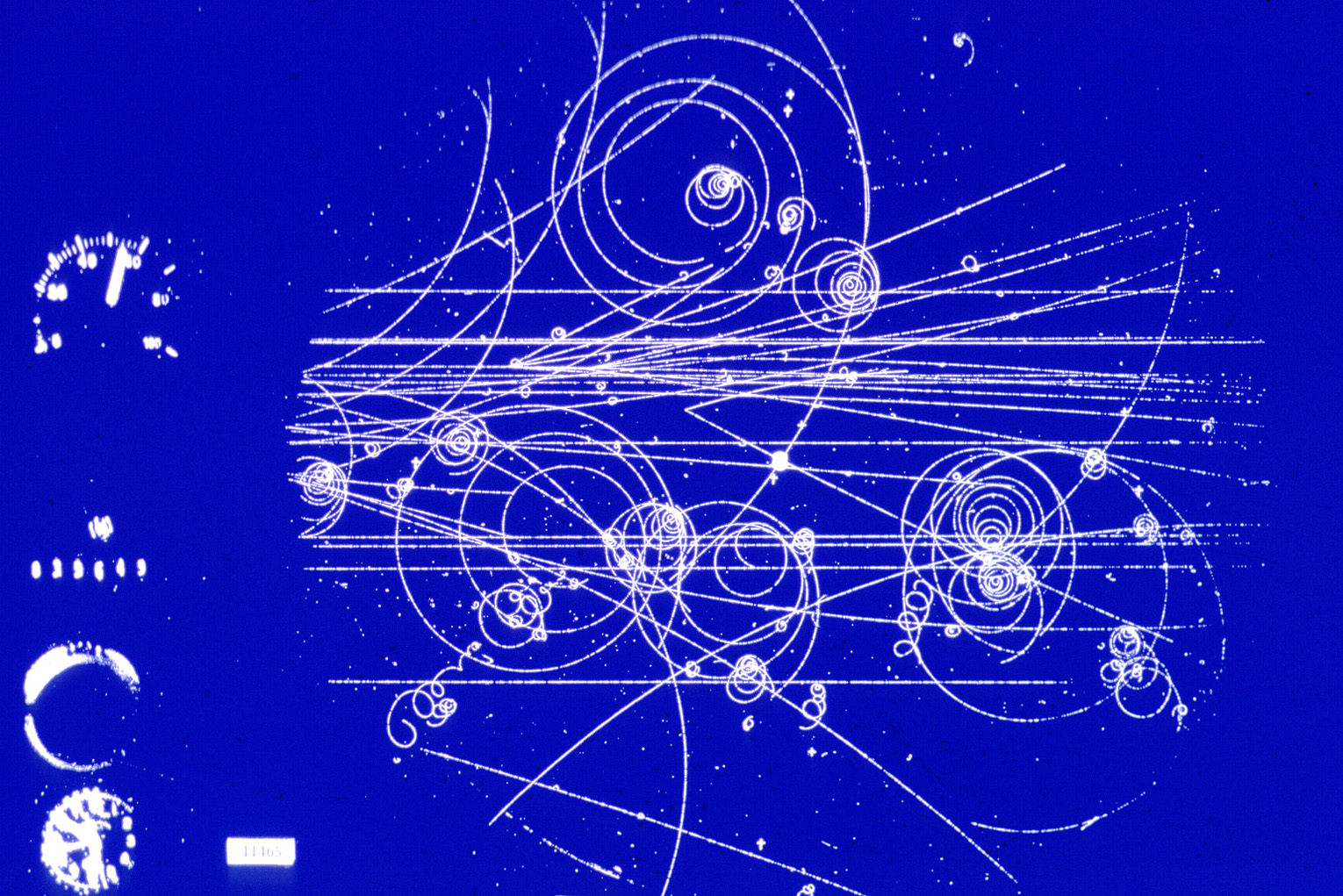Introduction
The Florida International University (FIU) Nuclear Physics Research Group is at the forefront of advancing knowledge in the field of nuclear physics. The group is engaged in pioneering research that spans both experimental and theoretical aspects of the discipline. On the experimental side, the team conducts high-precision experiments using state-of-the-art facilities and detectors to investigate the fundamental properties of atomic nuclei, nuclear reactions, and the forces that govern them. These experiments often involve collaborations with major research institutions and utilize powerful particle accelerators and other advanced technology.
By combining experimental data with theoretical insights, the group plays a crucial role in pushing the boundaries of what is known about nuclear processes, helping to answer some of the most profound questions in physics today. The research conducted by this group not only contributes to the global scientific community but also provides valuable opportunities for students and young researchers to engage in cutting-edge scientific inquiry.
Experimental Research
We are currently working with Thomas Jefferson National Accelerator Facility (J-Lab) in the experimental halls: Hall B, Hall C and Hall D.
Cascade electroproduction
Our experimental group is looking into cascade electroproduction off proton targets.
Rho decay channels
Our experimental group is looking into rho photoproduction.
Proton Anti-proton Production
Our experimental group is looking into the electroproduction of proton anti-proton off of proton targets. This reaction is inherently special due to conflicting evidence when it comes to resonances in the invariant mass distribution of the proton anti-proton system. Which due to the two identical fermions in the final state there is a combinatorial background that affects the overall system. Our students are currently finding ways to deal with the combinatorial background using novel techniques.
Deuteron Electron Disintegration
The deuteron electro-disintegration (D(e,e’p)n) experiment aims to measure the cross section of the reaction in which a deuteron nucleus is broken up into a proton and a neutron by an electron at high momentum transfer, and neutron-recoil momenta greater than 500 MeV/c with great statistical precision. We want to improve our understanding of the short-range nucleon-nucleon (NN) interaction potential, a region which corresponds to the overlap of the wave functions (WF) of the nucleons. We do so by comparing our cross section data to various models based on different assumptions of the deuteron WF. The deuteron is the simplest bound NN system, which makes it the perfect laboratory for understanding the strong nuclear force both from an experimental and theoretical perspective.
Primakoff Effect in Eta
The PrimEx-eta experiment, conducted in Hall D at Jefferson Lab, aims to extract the radiative decay width of the $\eta$ meson. The experiment takes advantage of the Primakoff effect by measuring the cross section of the inverse process. The significance of this experiment lies in the realm of Quantum Chromodynamics (QCD) symmetry, specifically the chiral anomaly. A more precise value of the radiative decay width of eta will impact the ratio of the light quark masses and the eta-eta-prime' mixing angle. This exciting experiment utilizes an energy range of about 12 GeV on a fixed helium target using the standard GlueX experimental setup. The result from this experiment aim to provide a more precise measurement to resolve discrepancies between previous measurements done via collider $e^{+}e^{-}$ and a single Primakoff measurement. Data collection has been completed, and analysis is currently in progress.
